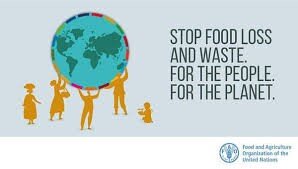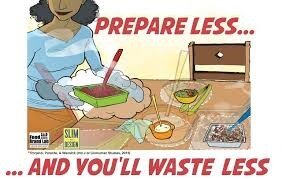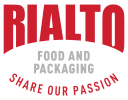Currently, a major global challenge is the issue of food waste. According to the Food and Agriculture Organization of the United Nations (FAO), an estimated 1/3 of food produced for human consumption is wasted (enough to feed 2 billion people), and alarmingly the amount wasted is growing rapidly. It is predicted that by 2050 the amount of food wasted will be more than double the current amount. At the same time the demand for food is on the increase due to the growing population on earth and, as a result, this puts a heavy burden on environmental and natural resources to provide the required output to meet the growing demand.

According to the FAO, food waste in developed countries occur on retail and consumption level. It is estimated 52% of European food waste comes from consumers, restaurants and caterers. The annual amount of food waste equates to 7% of greenhouse gas emissions globally and 6% of surface and groundwater withdrawals which puts strain on the environment for uneaten food. After USA and China, food wastage is the 3rd greatest emitter of global green house gasses.
Factors like consumer behavior, type of packaging and portion sizes of food products in retail stores, hospitality and the catering industry play an important part in reducing food wastage.
Smarter packaging for the right application prevents food spoilage, protects food quality and safety along the supply chain and extends shelf life. For example: pack sizes are important in the long life categories where once opened the food has a short shelf life and, if too large to consume within the recommended amount of time, the food is thrown out.
The correct packaging saves resources. “A telling fact is that ten times more resources (materials, energy, water etc) are used to produce and distribute food than are used to make the packaging to protect it” (INCPEN Industrial Council for Research on Packaging and the Environment).
There are ways to reduce food wastage within the food industry, for example
– Correct storage conditions
– Use older products first
– Monitor inventory levels, don’t over-purchase
– Revise the menu
– Use alternative ‘best fit’ packaging
There will always be food wastage but it does not need to end up in our landfills. Fats, oils and grease can be converted to biodiesel. Food scraps and compostable packaging can add nutritional value to compost.

Be a food waste warrior and help to reduce food waste. Think of food waste when shopping or at home in your kitchen. Every small change or effort makes a difference.
It is critical for food producers, processors and suppliers to review their packaging on a regular and ongoing basis to ensure that as much as possible is being done to optimize their packaging in a bid to reduce food waste.
At Multi-cup Solutions we offer a range of compostable and sustainable food packaging that will fully decompose back to nature without harming the environment and not adding to wastage going to landfills. In turn, our alternative packaging options protect the contents through the rigorous nature of the supply chain.
Contact your representative or browse through our website for further details.









Leave A Comment
You must be logged in to post a comment.